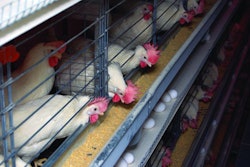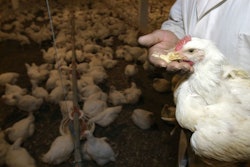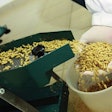
Phytogenics, probiotics, phytase are top of mind for researchers
If you wanted to know what is new in the world of additives for broilers (and layers) in the U.S., attending the annual meeting of the Poultry Science Association (PSA) in July would have been highly didactic. It appears there are three main classes of additives that occupy the time of researchers recently.
- Phytogenics as additives can replace in-feed growth-promoting antibiotics, but also work against Salmonella and coccidia. Gut health remains the No. 1 concern, and phytogenics appear to be working. It is interesting to note that phytogenics were largely unknown in the U.S. poultry industry a few years ago.
- Probiotics remain a big topic in the U.S., and worldwide, poultry industry. In fact, it may be the No. 1 additive for broiler feeds worldwide. There were numerous studies investigating the use of novel and existing products and their synergistic effects with other additives.
- Phytase is an evergreen enzyme, especially now that prices for phosphate salts are at all-time highs. Efforts are made to negate the need for supplemental phosphorus, at least in the last phase of production, where birds consume the majority of their feed allotment. For poultry, I no longer consider phytase an added-value additive but a mere commodity as I have not seen a broiler diet without phytase for more than 10 years.
Although research on a plethora of additives were presented, the above three groups captured my interest for different reasons. Here, it merits repeating that the poultry and especially the broiler industry is a tough customer when it comes to using additives. This is because real margins are paper-thin and anything that goes into their feed has a huge impact on profitability. Not that all formulas I have examined are slim when it comes to additives, but it is noticeable how much scrutiny goes into each additive that enters the door.


















